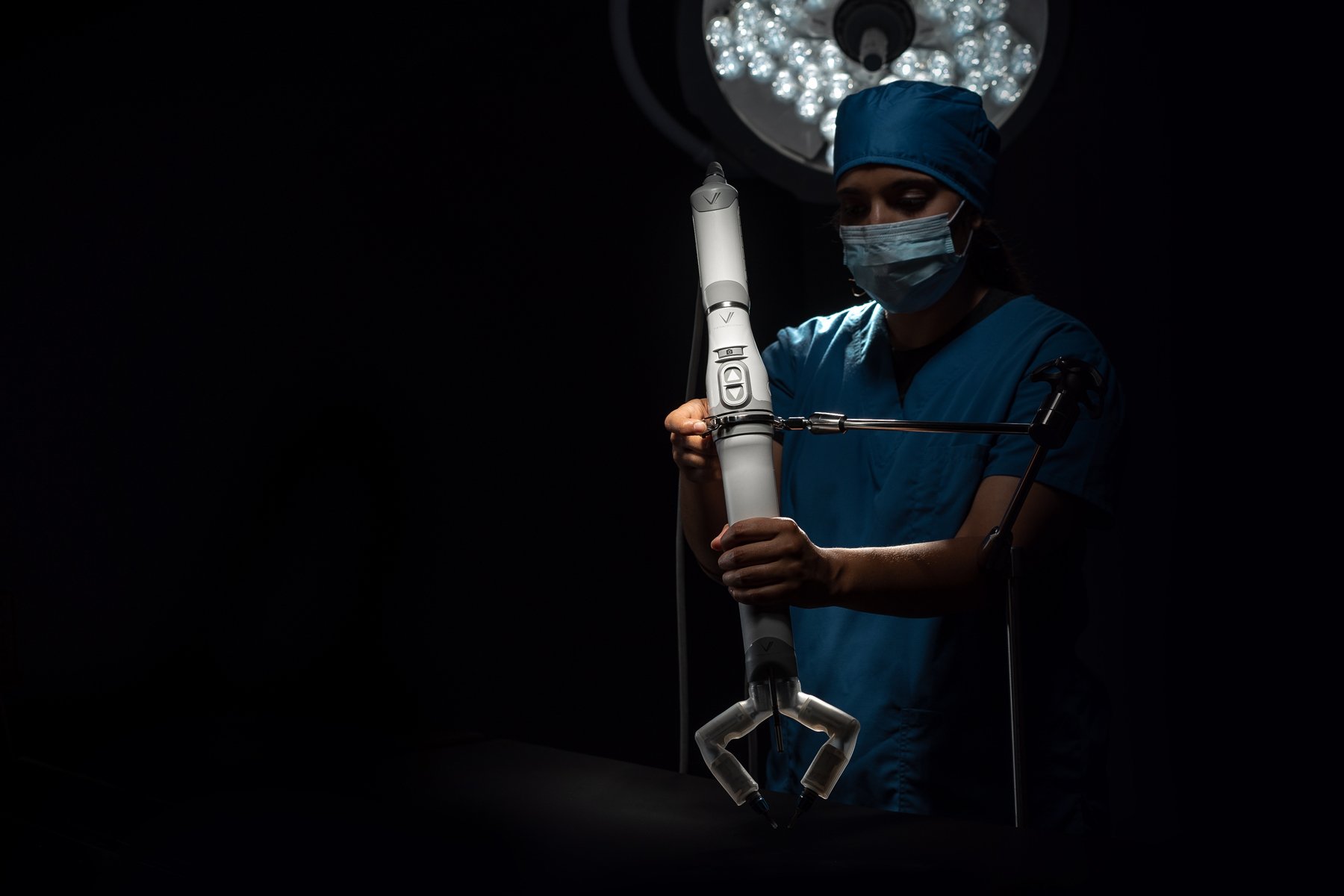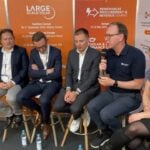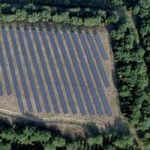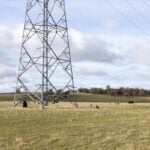Two distinct subpopulations of human stem-like memory T cells exhibit complementary roles in self-renewal and clonal longevity
by Danai Koftori, Charandeep Kaur, Laura Mora Bitria, Yan Zhang, Linda Hadcocks, Ada W. C. Yan, Piotr F. Burzyński, Kristin Ladell, Daniel E. Speiser, Katrina M. Pollock, Derek Macallan, Becca Asquith T stem cell-like memory cells (TSCM cells) are considered to be essential for the maintenance of immune memory. The TSCM population has been shown to have the key properties of a stem cell population: multipotency, self-renewal and clonal longevity. Here we show that no single population has all these stem cell properties, instead the properties are distributed. We show that the human TSCM population consists of two distinct cell subpopulations which can be distinguished by the level of their CD95 expression (CD95int and CD95hi). Crucially, using long-term in vivo labelling of human volunteers, we establish that these are distinct populations rather than transient states of the same population. These two subpopulations have different functional profiles ex vivo, different transcriptional patterns, and different tissue distributions. They also have significantly different TREC content indicating different division histories and we find that the frequency of CD95hi TSCM increases with age. Most importantly, CD95hi and CD95int TSCM cells also have very different dynamics in vivo with CD95hi cells showing considerably higher proliferation but significantly reduced clonal longevity compared with CD95int TSCM. While both TSCM subpopulations exhibit considerable multipotency, no single population of TSCM cells has both the properties of self-renewal and clonal longevity. Instead, the “stemness” of the TSCM population is generated by the complementary dynamic properties of the two subpopulations: CD95int TSCM which have the property of clonal longevity and CD95hi TSCM which have the properties of expansion and self-renewal. We suggest that together, these two populations function as a stem cell population.
by Danai Koftori, Charandeep Kaur, Laura Mora Bitria, Yan Zhang, Linda Hadcocks, Ada W. C. Yan, Piotr F. Burzyński, Kristin Ladell, Daniel E. Speiser, Katrina M. Pollock, Derek Macallan, Becca Asquith T stem cell-like memory cells (TSCM cells) are considered to be essential for the maintenance of immune memory. The TSCM population has been shown to have the key properties of a stem cell population: multipotency, self-renewal and clonal longevity. Here we show that no single population has all these stem cell properties, instead the properties are distributed. We show that the human TSCM population consists of two distinct cell subpopulations which can be distinguished by the level of their CD95 expression (CD95int and CD95hi). Crucially, using long-term in vivo labelling of human volunteers, we establish that these are distinct populations rather than transient states of the same population. These two subpopulations have different functional profiles ex vivo, different transcriptional patterns, and different tissue distributions. They also have significantly different TREC content indicating different division histories and we find that the frequency of CD95hi TSCM increases with age. Most importantly, CD95hi and CD95int TSCM cells also have very different dynamics in vivo with CD95hi cells showing considerably higher proliferation but significantly reduced clonal longevity compared with CD95int TSCM. While both TSCM subpopulations exhibit considerable multipotency, no single population of TSCM cells has both the properties of self-renewal and clonal longevity. Instead, the “stemness” of the TSCM population is generated by the complementary dynamic properties of the two subpopulations: CD95int TSCM which have the property of clonal longevity and CD95hi TSCM which have the properties of expansion and self-renewal. We suggest that together, these two populations function as a stem cell population.













































































































































